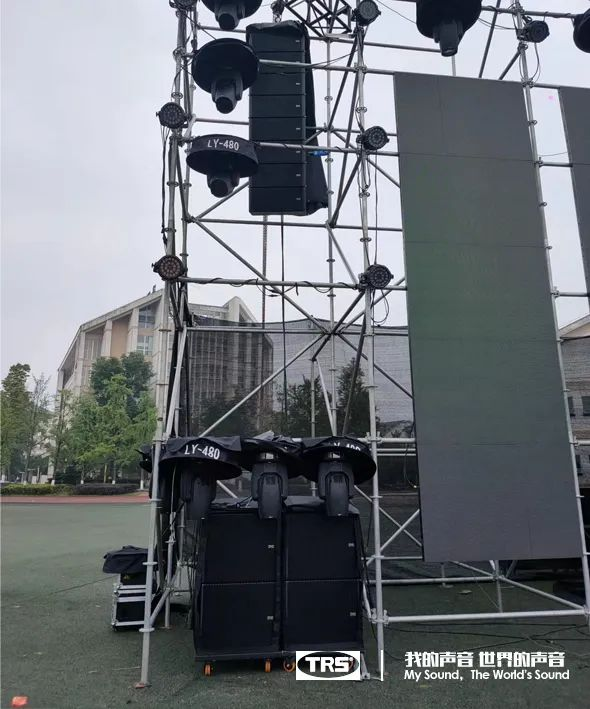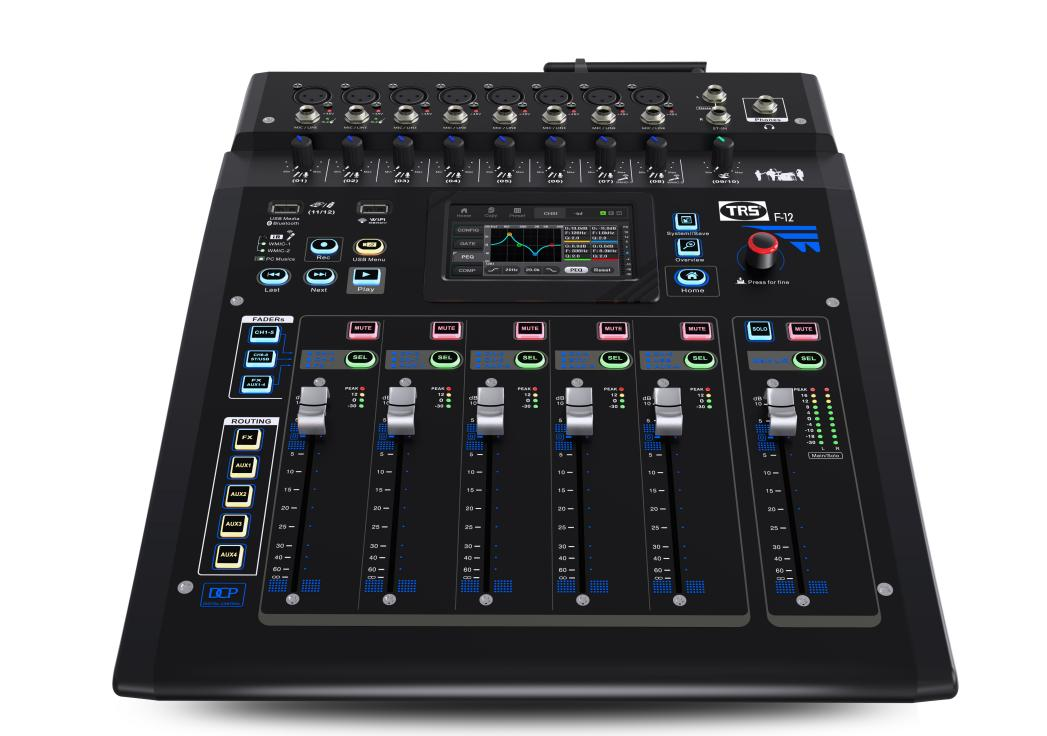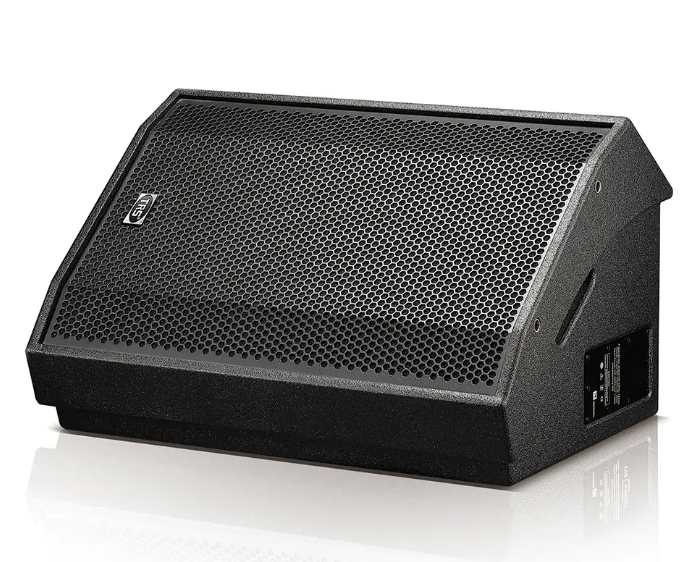To have a successful concert, having the right sound equipment is crucial. The quality of sound can determine the experience for both the performer and the audience. Whether you're a musician, event organizer or sound engineer, understanding the audio equipment you need for your concert is crucial. In this article, we’ll explore the key components of concert audio equipment and how they can help create an unforgettable live music experience.
1. Broadcasting system
The cornerstone of any concert audio setup is the PA (Public Address) system. The system includes speakers, amplifiers and signal processing equipment to deliver sound to the audience. The size and power of the PA system depends on the size of the venue and the expected audience. For large concerts, a line array system with multiple vertically stacked speakers is often used to ensure even sound distribution throughout the venue. On the other hand, smaller venues may only require a pair of powered speakers and a subwoofer to provide the necessary sound reinforcement.


G-20 Dual 10-inch Line Array for Concert
2. Mixer
A mixing console, also called a soundboard or mixer, is the control center for all audio signals during a concert. It allows sound engineers to adjust levels, equalization and effects for every input source including microphones, instruments and playback devices. Modern digital mixing consoles offer a wide range of features, including built-in effects, dynamics processing, and the ability to save and recall different song or performer settings. A well-designed mixing console is essential for achieving a balanced and professional mix during a concert.

F-12 12 Channels Digital Mixer
3. Microphone
Microphones are essential for capturing the sound of vocals and instruments during concerts. There are many types of microphones commonly used in live sound reinforcement applications, including dynamic microphones, condenser microphones, and ribbon microphones. Dynamic microphones are rugged and versatile, suitable for vocals and high-SPL instruments such as drums and guitar amplifiers. Condenser microphones are more sensitive and can capture a wider range of frequencies, making them ideal for capturing the nuances of acoustic instruments and vocals. Choosing the right microphone and placing it strategically on stage is crucial to achieving clear and natural sound reproduction.
4. Stage monitors
In addition to the main PA system, stage monitors are used to provide performers with a clear and personalized audio mix. These monitors allow musicians to hear themselves and their bandmates on stage, ensuring they are in sync and delivering their best performance. There are many types of stage monitors, including floor-standing monitors and in-ear monitors. Floor wedges are angled speakers placed on the stage, while in-ear monitors are small headphones that offer a more discreet and customizable monitoring solution. The choice of floor wedges and in-ear monitors depends on the performer's preferences and the specific requirements of the concert.

M-15 Professional Passive Stage Monitor
5. Signal Processor
Signal processing devices such as equalizers, compressors, and reverberations play a vital role in shaping the overall sound of a concert. Equalizers are used to adjust the tonal balance of individual audio signals and the overall mix, ensuring that each instrument and vocal can be clearly heard within the context of a performance. Compressors are used to control the dynamic range of audio signals, preventing sudden peaks in volume and ensuring consistent sound levels. Reverb and other time-based effects add depth and atmosphere to sounds, creating a more immersive listening experience for viewers.
6. Cables and Connectors
Behind the scenes, a reliable network of cables and connectors is crucial to connecting all your audio equipment together. Quality cables and connectors are crucial to minimizing signal loss and interference, ensuring the sound remains clean and consistent throughout the concert. It is important to use the correct type of cable for different connections, such as XLR cables for microphones and balanced audio signals, and TRS or TS cables for instrument and line-level connections. Additionally, proper cable management and labeling is critical to effectively troubleshooting and maintaining your audio setup.
In summary, the audio equipment needed for a concert consists of a variety of components that work together to provide a captivating live music experience. From the powerful PA system that fills the venue with sound, to the complex network of microphones, mixers and signal processors, every piece of equipment plays a vital role in creating an unforgettable concert. Understanding the features and capabilities of concert audio equipment is crucial for anyone involved in live music production, from performers and sound engineers to event organizers and venue staff. By investing in high-quality audio equipment and knowing how to use it effectively, you can ensure that every concert is a sonic masterpiece that leaves a lasting impression on your audience.
Post time: May-21-2024
